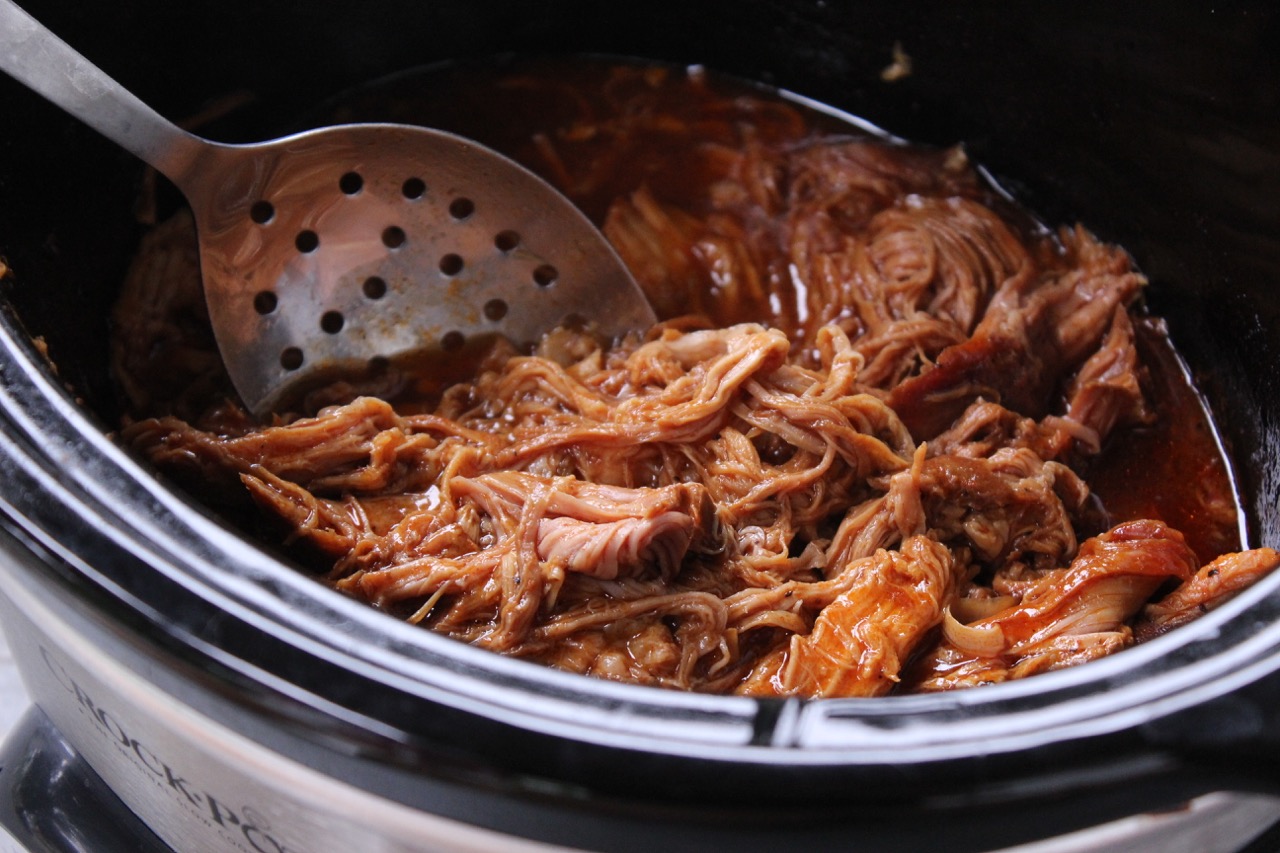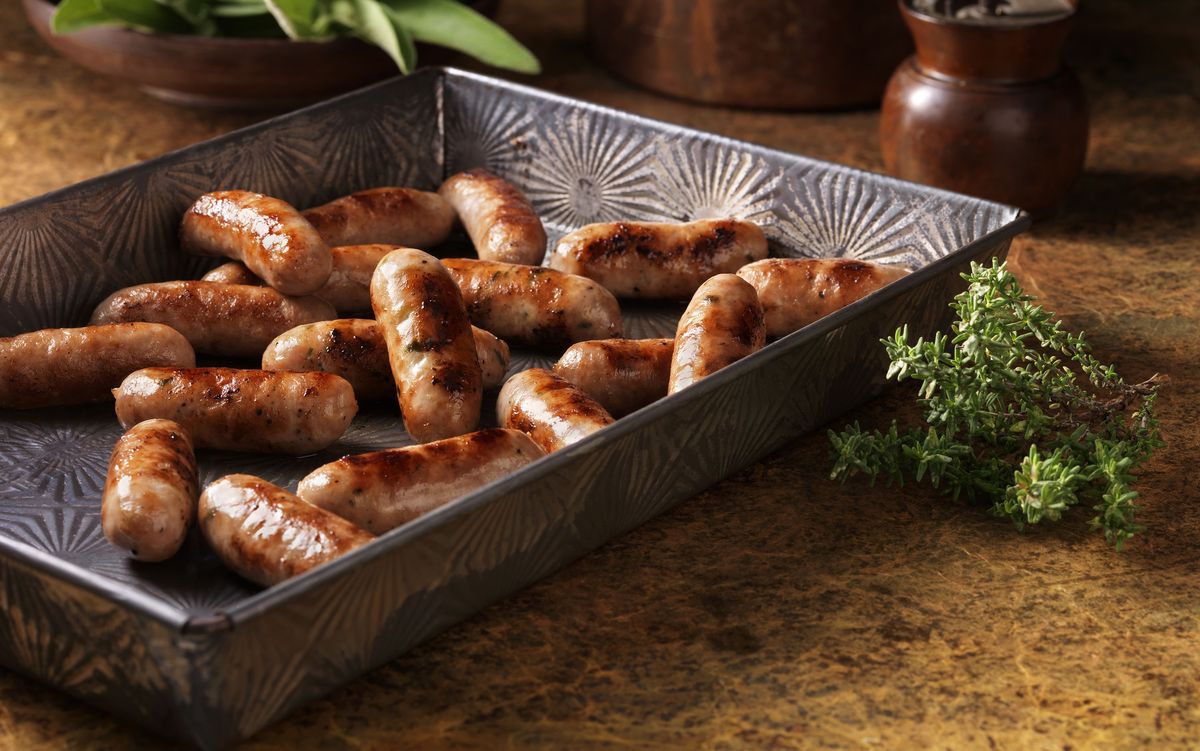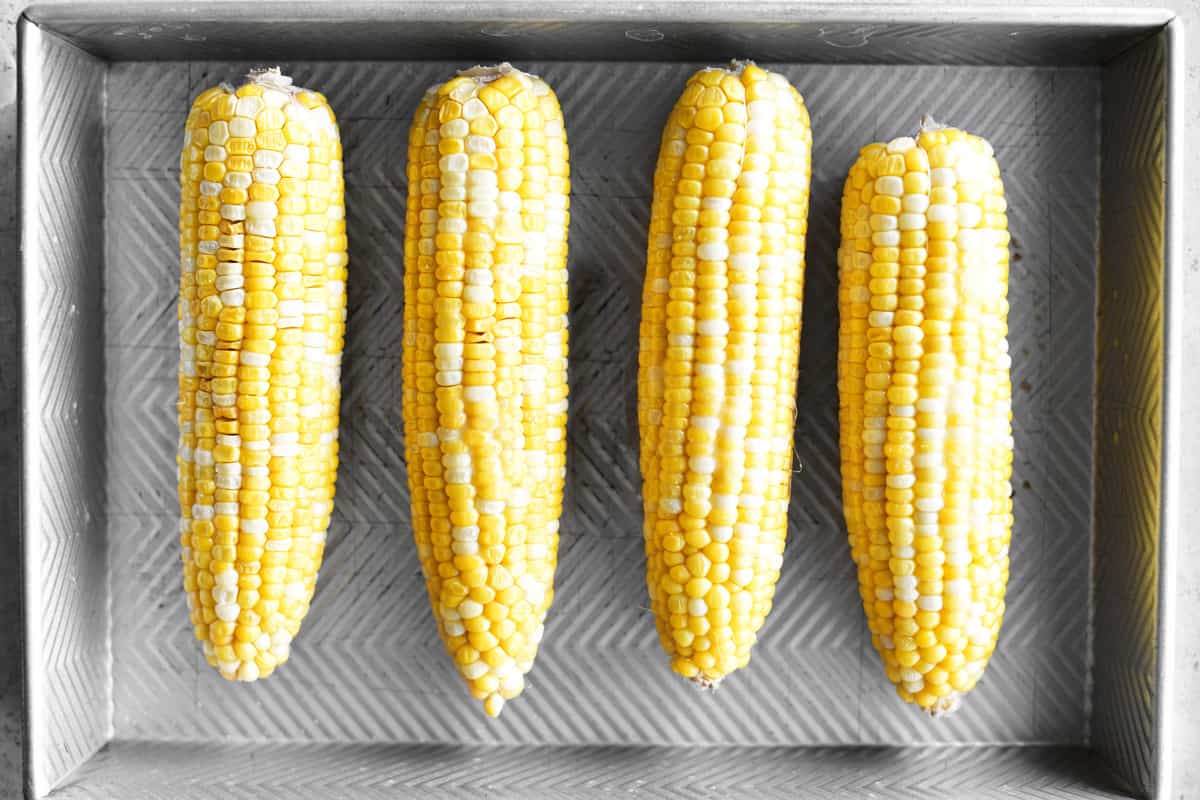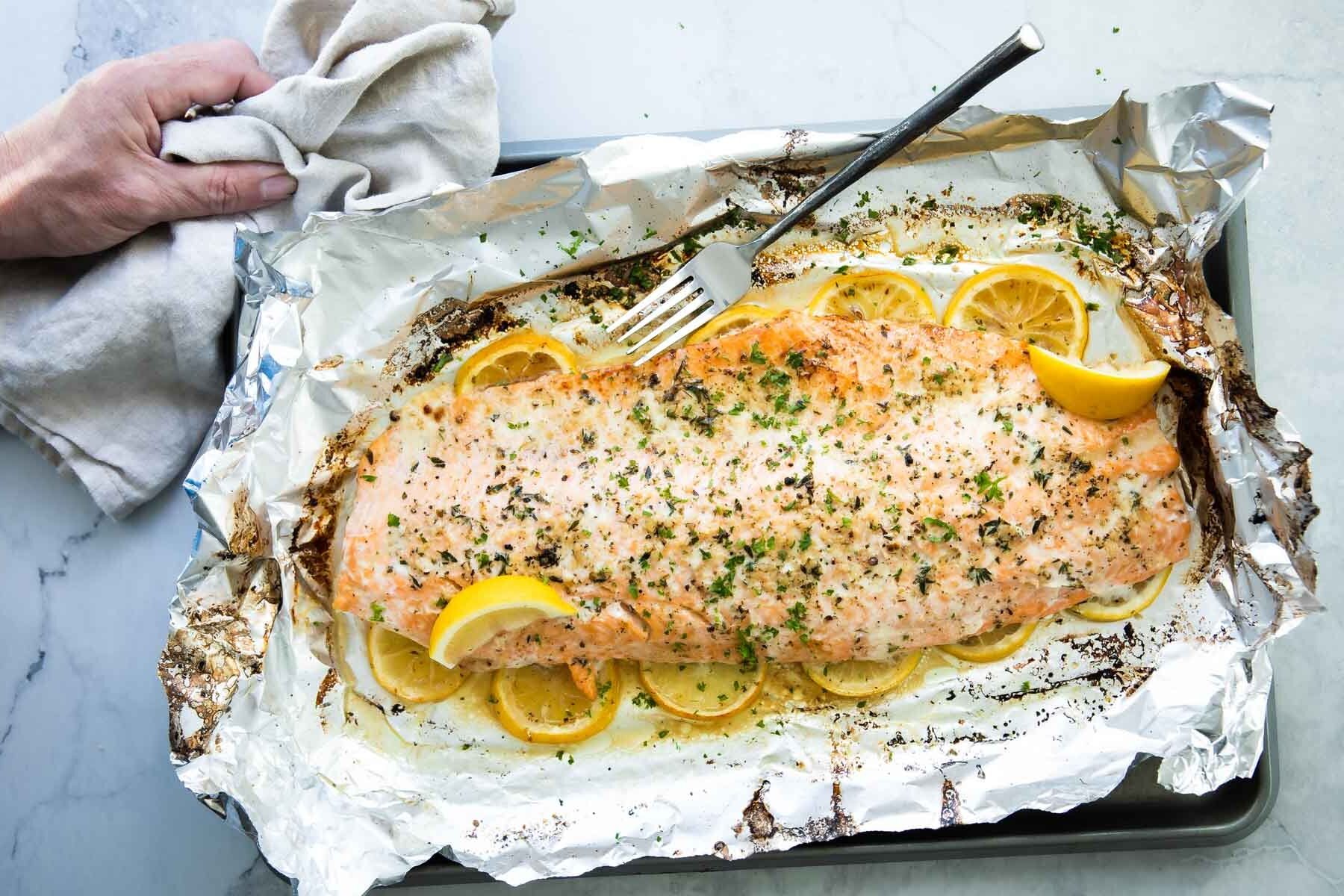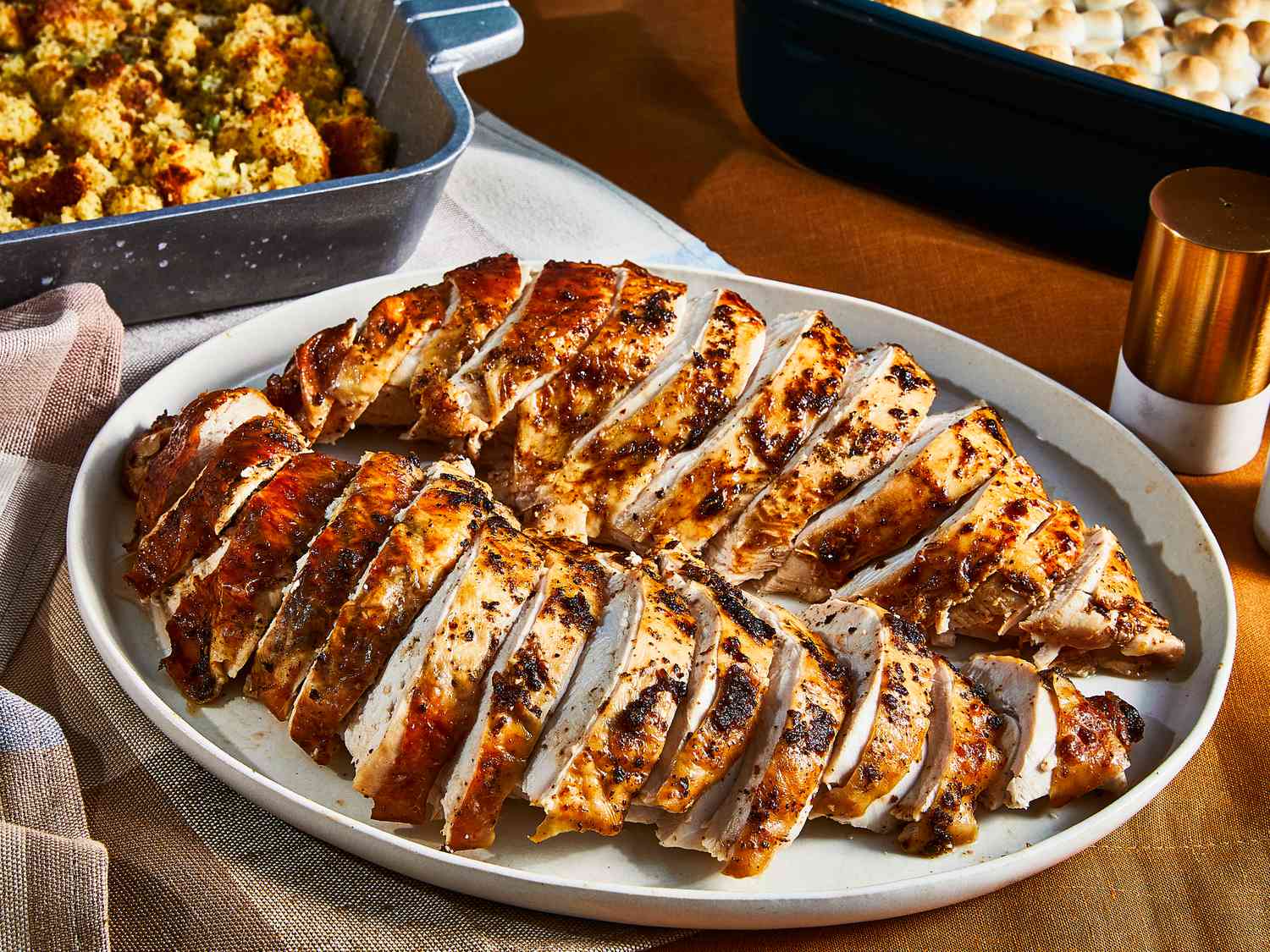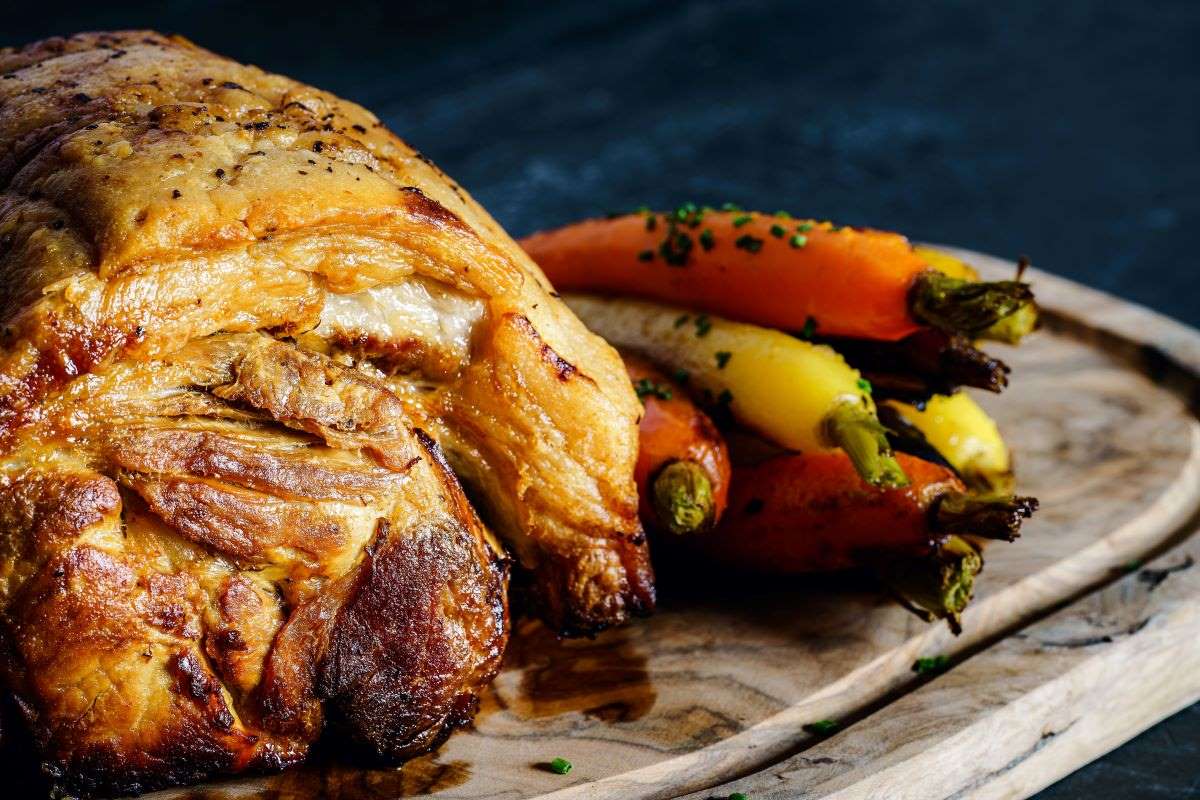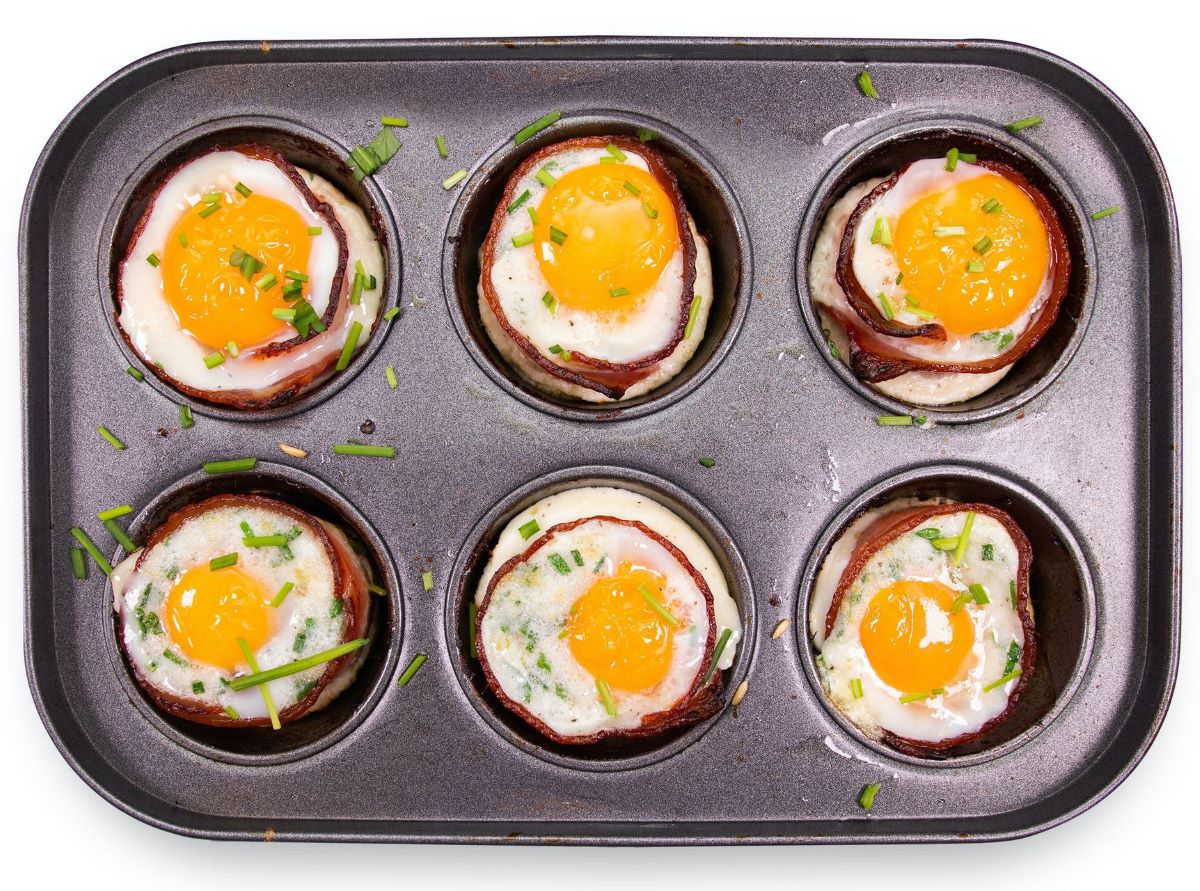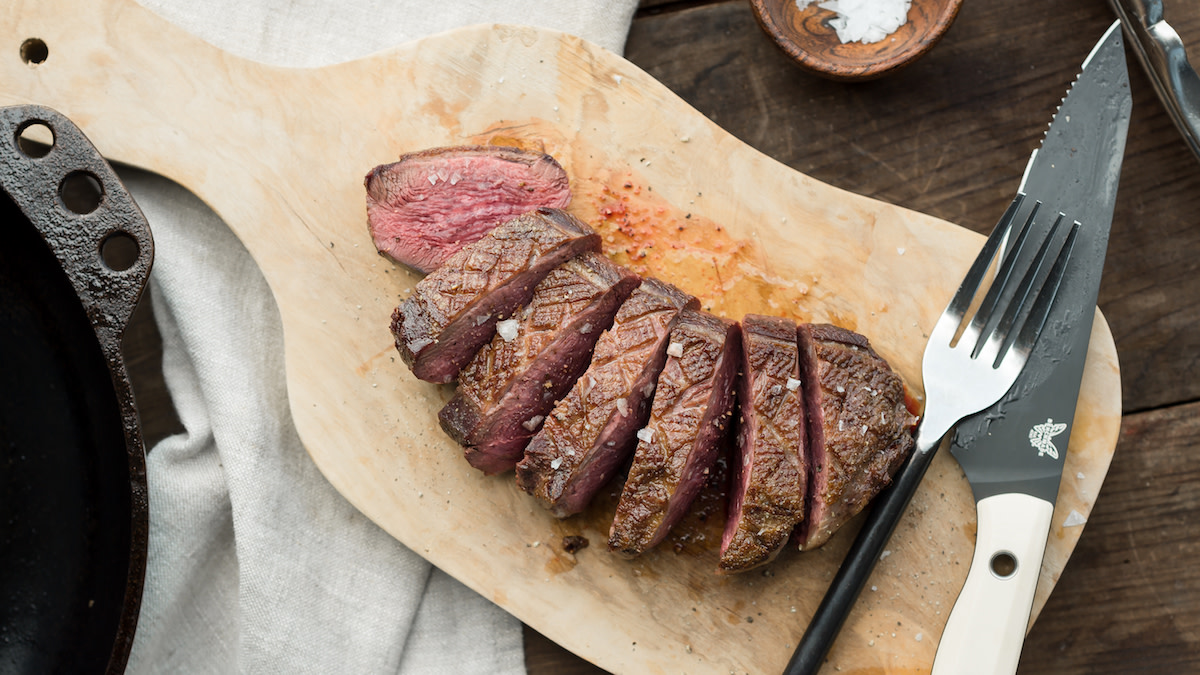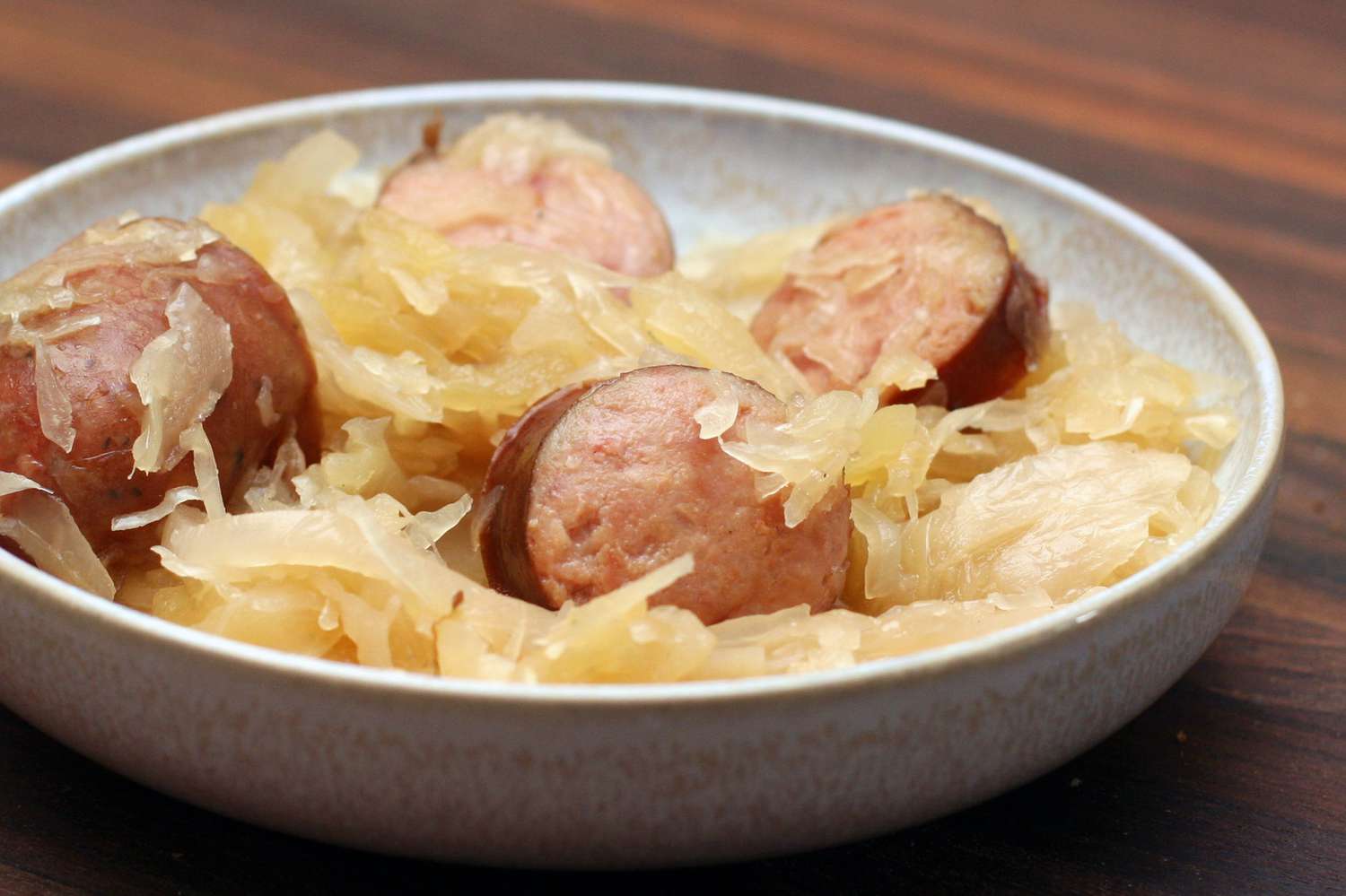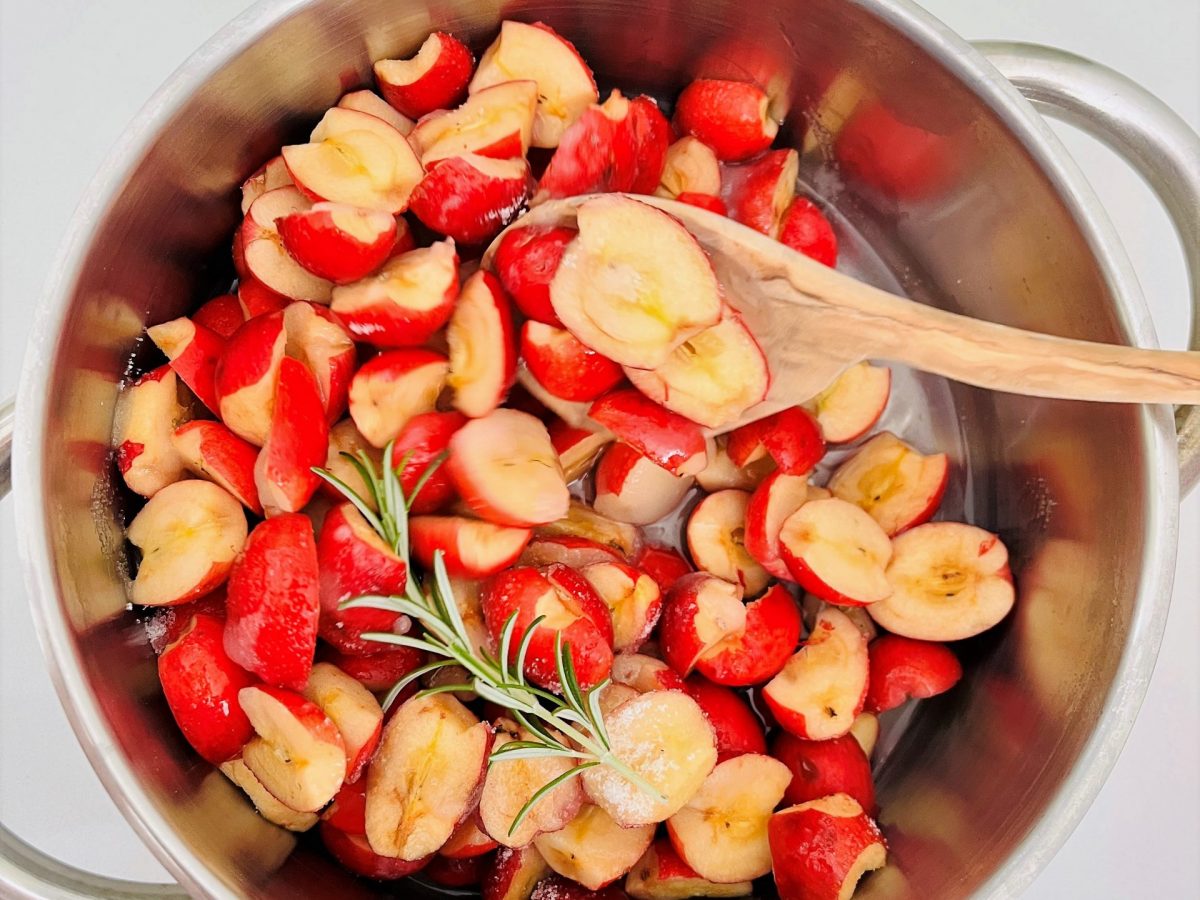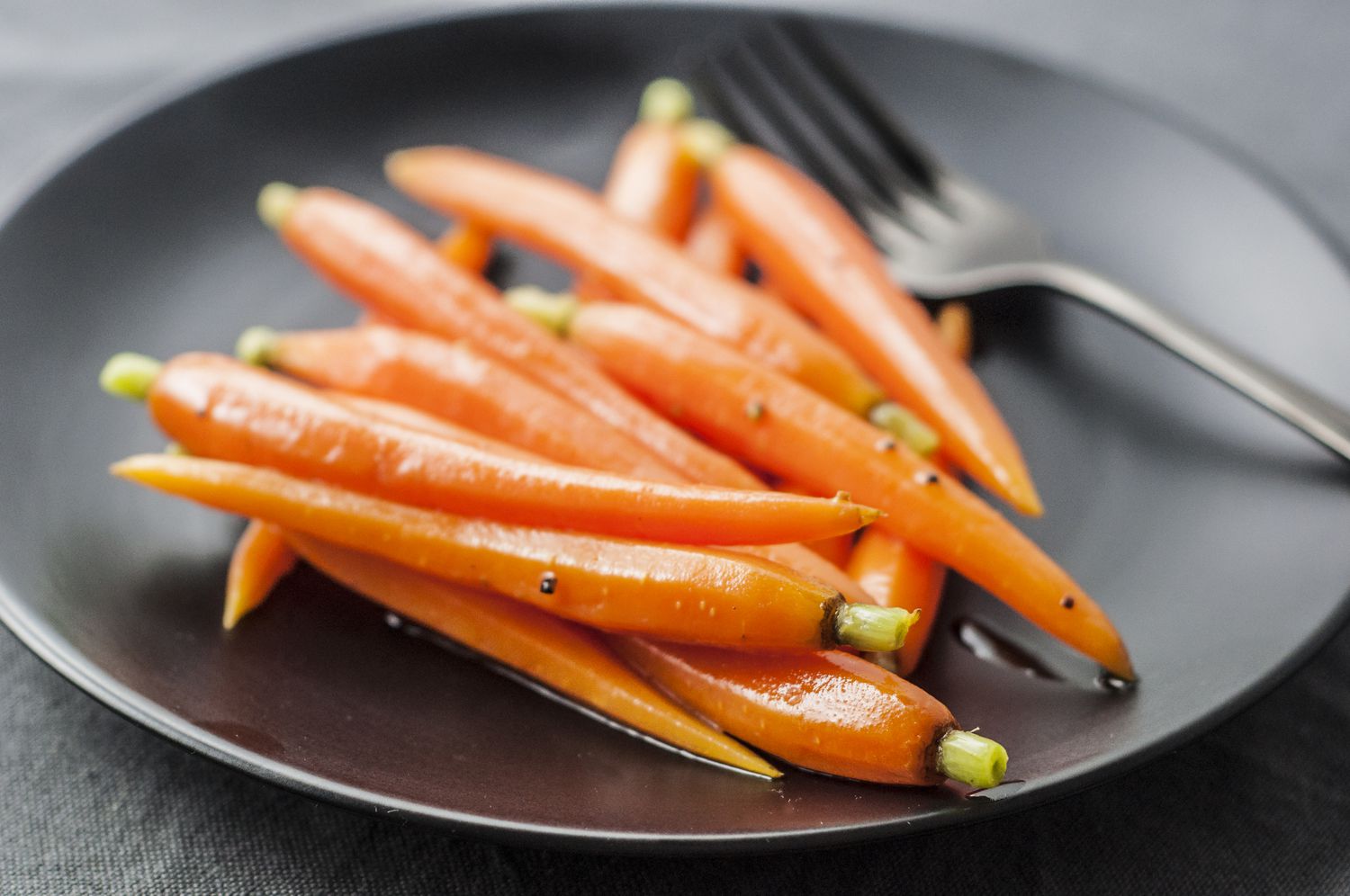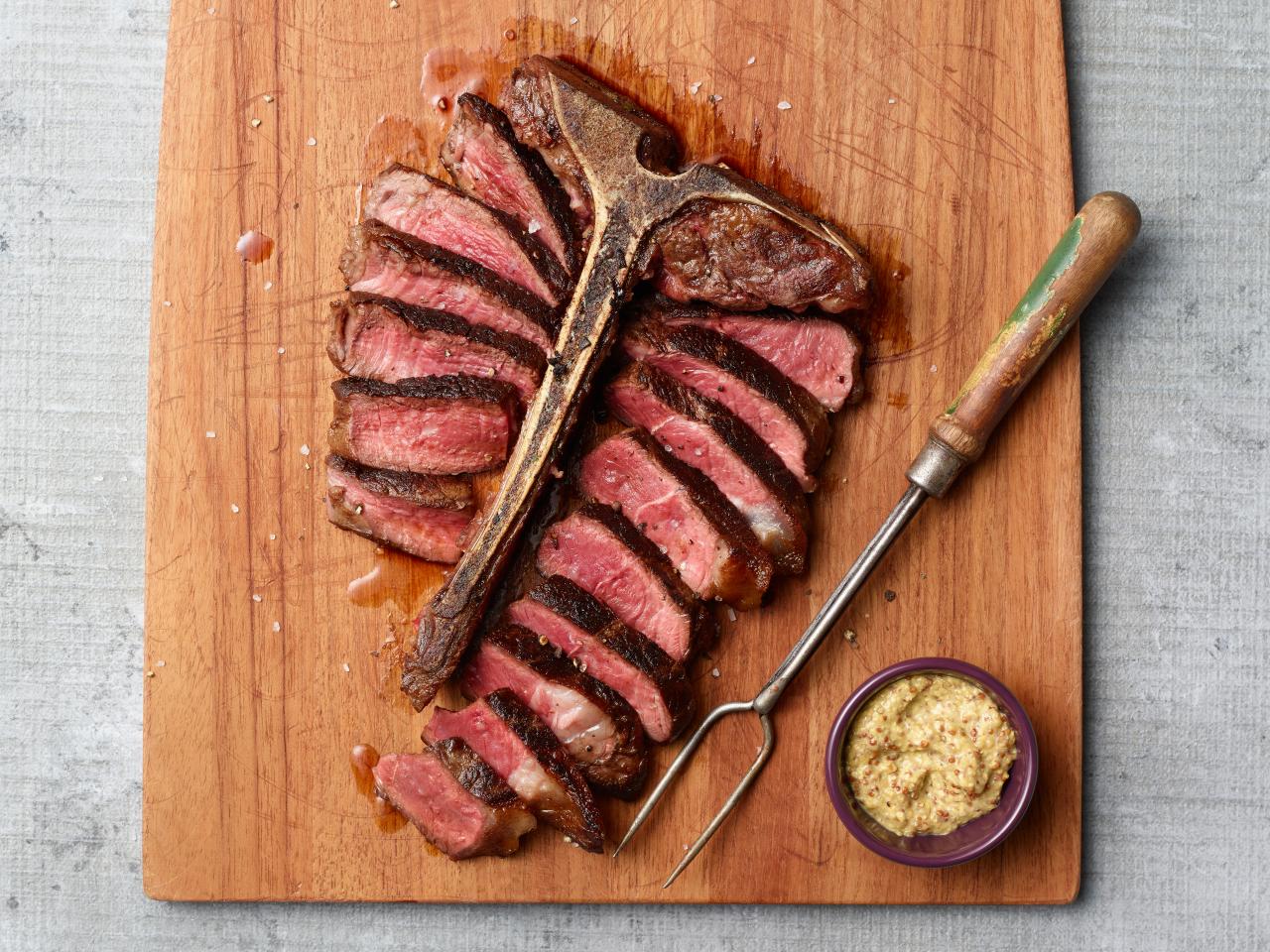Discover the Perfect Method for Cooking a Mouthwatering Boneless Ribeye Steak in a Cast Iron Skillet
If you’re a meat lover, there’s nothing quite like sinking your teeth into a juicy and flavorful boneless ribeye steak. And when it comes to cooking this delicious cut of meat, using a cast iron skillet is the ultimate game-changer.
Why choose a cast iron skillet, you might ask? Well, this versatile kitchen tool is known for its ability to distribute heat evenly, resulting in a perfectly seared steak with a delectable crust. Plus, the added bonus of the beautiful grill marks it creates!
Ready to impress your family and friends with your culinary skills? Just follow our step-by-step guide below:
Ingredients:
- 1 boneless ribeye steak
- Salt and pepper, to taste
- 1 tablespoon of cooking oil (such as vegetable or canola oil)
- 1 tablespoon of butter
- Optional: minced garlic and fresh herbs for extra flavor
Instructions:
- Start by taking the boneless ribeye steak out of the refrigerator and allow it to reach room temperature. This process ensures even cooking throughout the steak.
- Pat the steak dry with a paper towel. This step helps create a better sear and crust on the steak.
- Season both sides of the steak generously with salt and pepper. You can add any additional seasonings or spices according to your taste preferences.
- Place your cast iron skillet on the stovetop over medium-high heat. Add the cooking oil and allow it to heat up.
- Gently place the boneless ribeye steak in the hot skillet. Let it sear for about 3-4 minutes on each side, depending on your desired level of doneness. For a medium-rare steak, aim for an internal temperature of 135°F (57°C).
- If desired, add a tablespoon of butter to the skillet, along with minced garlic and fresh herbs. Baste the steak with the melted butter for extra flavor.
- Once the steak reaches your preferred level of doneness, remove it from the skillet and transfer it to a cutting board. Allow it to rest for a few minutes, allowing the juices to redistribute and the steak to become even more tender.
- Now comes the exciting part—slicing into your perfectly cooked boneless ribeye steak! Cut against the grain for the most tender and flavorful bites.
- Serve your steak with your favorite sides, such as roasted vegetables, mashed potatoes, or a fresh salad, and enjoy the masterpiece you’ve created!
Using a cast iron skillet to cook a boneless ribeye steak is a surefire way to wow your taste buds. The combination of the skillet’s even heat distribution and your culinary skills will result in a flavorful, juicy, and tender steak that will leave everyone impressed.
So, the next time you’re craving a delicious piece of meat, grab your cast iron skillet and get cooking. Trust us, you won’t be disappointed!
For those eager to master the art of cooking a boneless ribeye steak in a cast iron skillet, there are a few standout recipes to try that will truly showcase the skills learned. One must-try is the Ribeye Steak with Red Wine Reduction, which pairs beautifully with the rich flavors of a perfectly seared steak. Another excellent choice is the Blackened Cajun Ribeye Steak, offering a spicy kick that enhances the steak's natural juiciness. For something more indulgent, the Ribeye Steak with Blue Cheese Butter provides a creamy, tangy complement to the meat. Lastly, the Classic Garlic Herb Ribeye Steak is a timeless option that highlights the simplicity and elegance of garlic and fresh herbs. Each of these recipes will help hone your steak-cooking skills and impress at any dinner table.
Was this page helpful?
Read Next: How To Cook Crispy Duck
